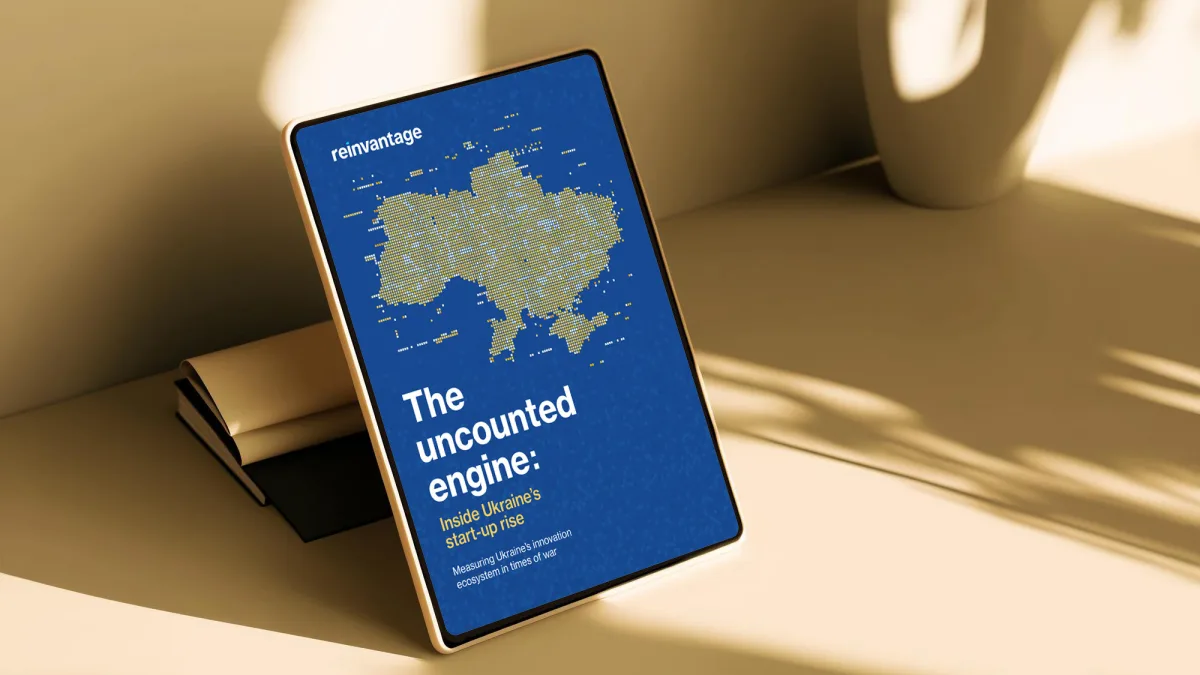When we talk about reinvention, the language is almost always about addition. New markets. New products. New skills. New technologies. But the most transformative reinventions I’ve seen haven’t come from adding more. They’ve come from letting go.
It’s counterintuitive, especially in business cultures that celebrate growth as accumulation. We measure progress by how much we’ve built, not by what we’ve stripped away. But subtraction is often the bolder move—because it forces you to decide what’s essential and have the courage to walk away from the rest.
I’ve seen organisations spend millions trying to “save” a product line that should have been retired years earlier. The logic is always the same: We’ve invested too much to stop now. But those investments are sunk costs, not future assets. By clinging to them, you trap resources—money, time, talent—in something that no longer earns its keep.
Letting go is hard because it’s emotional. A market you’ve served for decades feels like part of your identity. A process you’ve refined over years feels like an achievement. A product that once defined your success feels like it deserves a place in the future. But the truth is, if it doesn’t serve where you’re going, it’s holding you back.
The same applies personally. We collect roles, commitments, even relationships, as if the sheer weight of them will keep us secure. But often, they become a drag on our ability to move. The title you’ve worked so hard to earn can stop you from stepping into a different kind of work. The habits that once made you productive can become barriers to creativity.
Some of the most successful reinventions I’ve been part of started with one deceptively simple question: What would happen if we stopped doing this?
When you ask it honestly, the answers are revealing. Sometimes the impact is minimal—meaning you’ve just uncovered a piece of dead weight. Other times, the impact is uncomfortable but liberating—meaning you’ve found the thing that’s blocking the next stage of growth.
Visible subtraction
There’s a reason this kind of subtraction feels bold. It’s visible. People will notice what’s missing and ask why. And in those moments, you have to be confident enough in your direction to explain it without defensiveness.
Letting go isn’t about retreat. It’s about creating space—for focus, for agility, for ideas that couldn’t breathe in the old, overcrowded system.
A client once told me they wanted to ‘simplify’ their business. What they really meant was they needed to stop trying to be everything to everyone. They walked away from three product lines that had loyal—but tiny—customer bases. Within a year, their profitability was up, their teams were less stretched, and their brand finally had a clear story.
Subtraction can be ruthless, but it’s also deeply strategic. It demands that you answer the hardest question in reinvention: not What can we add? but What can we live without?
The courage to let go doesn’t just clear the path forward. It signals to your teams, your customers, and yourself that you’re building for the future—not maintaining the past.
So, the next time you’re mapping your next chapter, don’t just ask what’s missing. Ask what’s in the way. And remember: sometimes, the smartest thing you can do for your future is to leave something behind.
Photo: Dreamstime.







